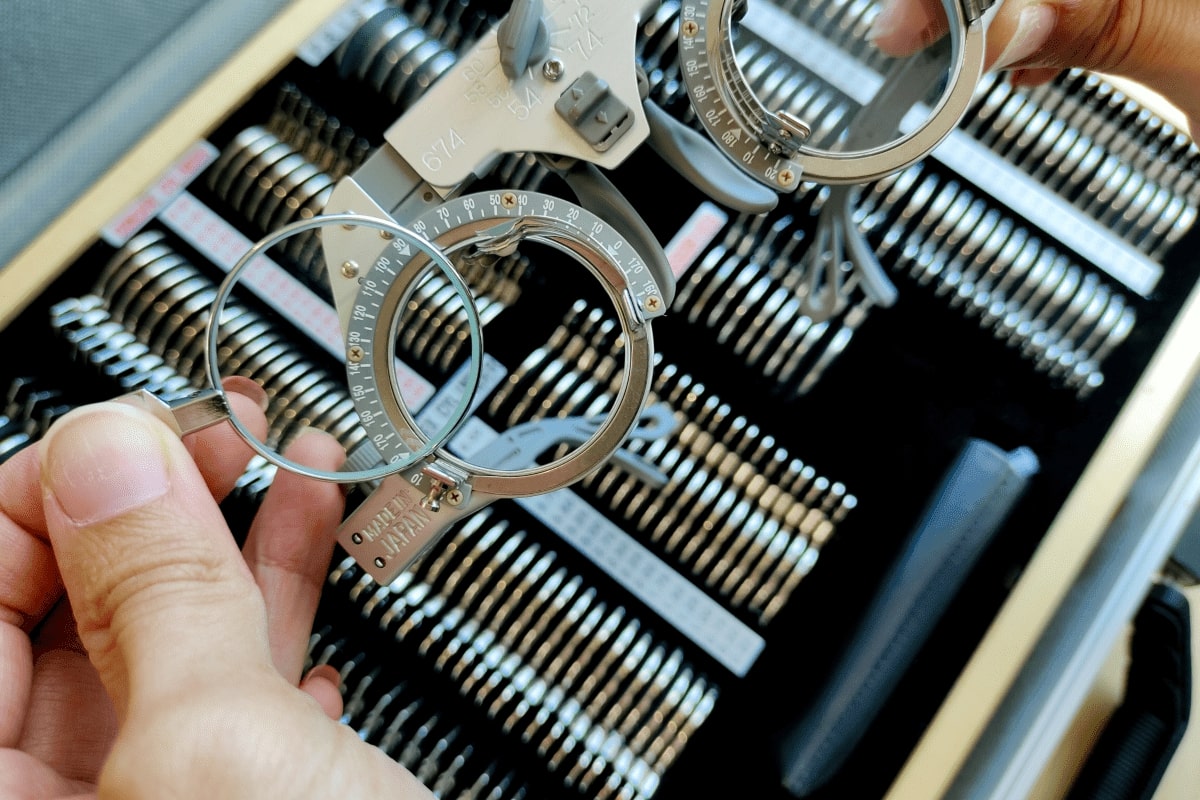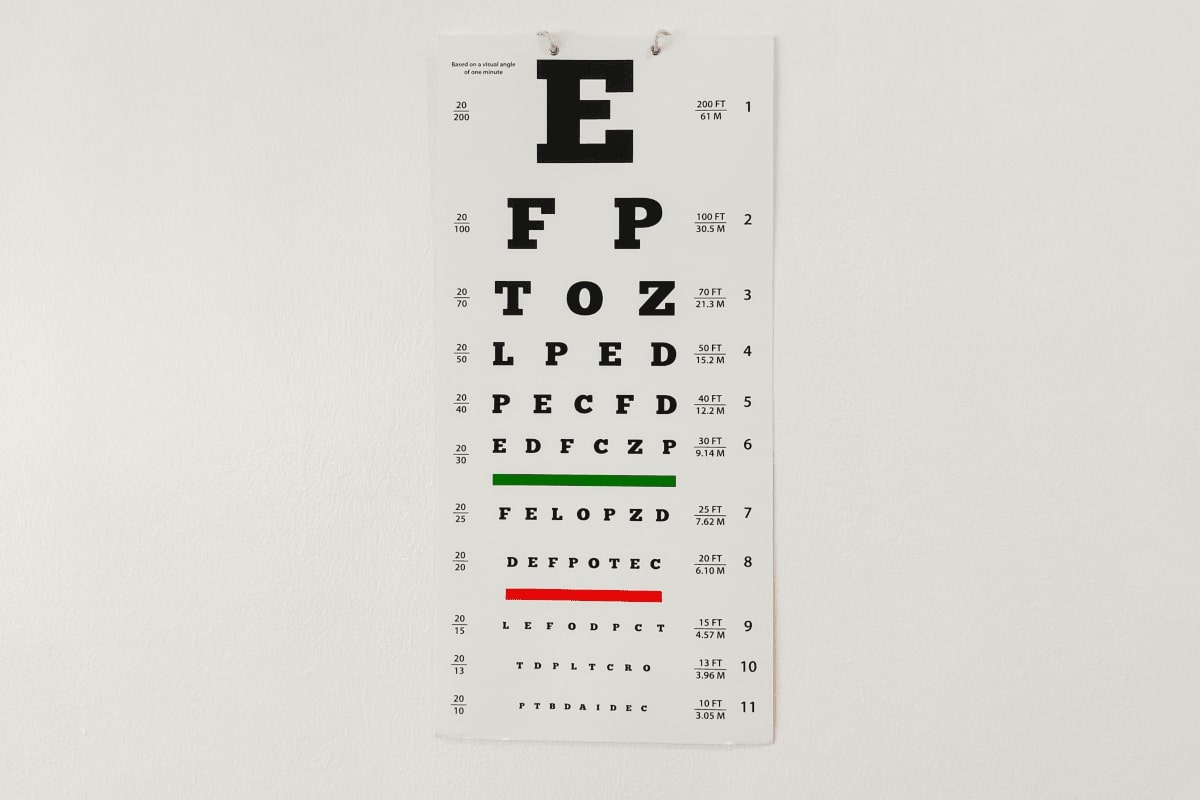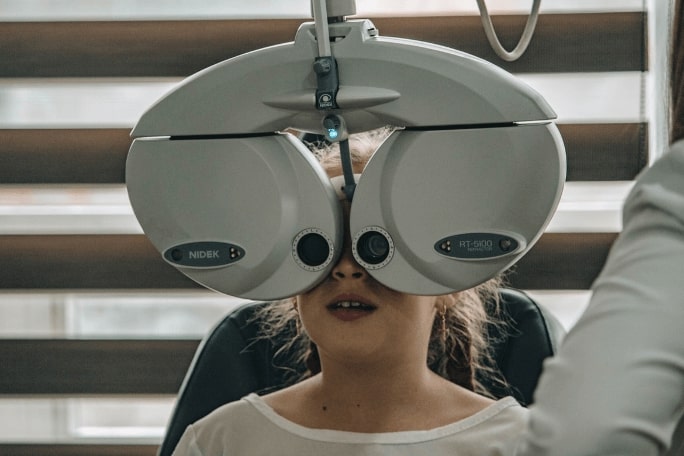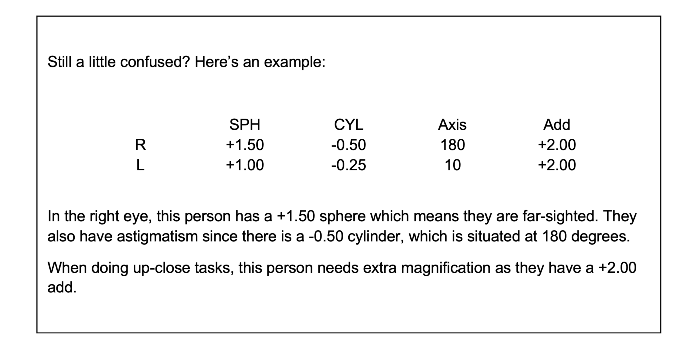How to Get an Eye Prescription
Are you experiencing blurred vision, or are your eyes feeling strained or tired after reading?
Most cases of blurred vision and eye strain are as simple as getting a new pair of glasses. More than 160 million people in the US wear eyeglasses to correct their vision.
To get eyeglasses, you’ll need a valid eye prescription. Having an up-to-date eye prescription ensures that you are getting the best possible vision out of your new eyeglasses.
How to get an eye prescription
The first step in getting an eyeglass prescription is to visit your local eye doctor, optometrist, or ophthalmologist for an eye exam. An eye exam looks at more than just vision!
In a comprehensive eye exam, your eye health professional will:
- Ask why you’re thereThis may seem like a silly question, but this is when you can tell your optometrist about any concerns you have about your eyes. You might be visiting for a routine examination, or because your vision is blurred. If you have any symptoms, such as eye strain, headaches, or dry eyes, this is when you can tell them.
- Ask about your personal and family health historyYour optometrist will ask questions about your general health, conditions that your family members have (i.e. diabetes and glaucoma), and if you have had any trauma or surgeries to your eye. This will allow them to assess your risk of certain ocular conditions.
- Test your visual acuityThis tests the clarity of your vision, or how well you can see. If your vision is normal, you will have a visual acuity of 20/20. This means that from 20 feet away you see what the average person sees from 20 feet. If your visual acuity is less than 20/20, the optometrist will use lenses to correct your vision – this will be your prescription.
- Examine your eye healthThis will include a slit lamp examination, ophthalmoscopy, and tonometry. The slit lamp examination will look at the front of your eye, while ophthalmoscopy will let the optometrist observe your retina (the back of your eye). Tonometry means looking at your eye pressures or intraocular pressures (IOP) to screen for conditions such as glaucoma. By doing this, they can detect conditions such as dry eyes, cataracts, and retinal detachments.
- Perform additional testsIf your optometrist has any concerns or would like to get more information, they might get you to do some extra testing. This might include a dilated eye examination (to see more of your retina) or a visual field test (a more thorough test of your peripheral vision).
After your eye exam, you will be given a prescription so that you can get glasses. The optometrist will also discuss your eye health and let you know when you should return for your next exam.
Making sense of your eye prescription
Now that you have your prescription, you might be wondering what all the numbers mean.
The general way to write a prescription is sphere x cylinder x axis:
- SphereThis is how much your glasses will magnify or minify your vision to make it clear. If your prescription has a plus sign (+), it means you are far-sighted and need magnification to correct your vision. On the other hand, a minus sign (-) means you are short-sighted and need minification to correct your vision. The sphere strength is measured in diopters and may be written as SPH, S, or DS (diopters sphere) in your prescription.
- CylinderIf you have a cylinder in your prescription, you have astigmatism – which means that your cornea (the front surface of your eye) isn’t perfectly round. This can have either a plus sign (+) or a minus sign (-) and is also measured in diopters. Sometimes the cylinder is written as CYL, C, or DC (diopters cylinder).
- AxisThis is where the astigmatism is on your eye and ranges from 0 to 180 degrees.
Some other letters you might see are:
- AddRefers to additional lens power, which indicates extra magnification needed for up-close tasks.
- PDStands for pupillary distance, which indicates how far apart your pupils are from one another.
- BO, BI, BU, or BDStands for base out, in, up, or down prism, respectively. They are used to correct double vision.
- R or ODOD stands for oculus dexter, which indicates your right eye.
- L or OSOS stands for oculus sinister, which indicates your left eye.
- OUStands for oculus uterque, which indicates both eyes.
If you wear contact lenses, you will need a contact lens prescription as well. Because contact lenses sit closer to your retina, the strength of your contact lenses might be different to your glasses.
Your optometrist will also need to take extra measurements to determine which contact lens design is best for you.
Know your rights when getting your prescription!
In the United States, as long as you have an up-to-date prescription, you have the right to get a copy of it.
Here’s what you need to know about your rights to your prescription:
- Your eye care professional cannot refuse to provide a copy of your prescription.
- You do not have to pay a fee to get a copy of your prescription.
- You do not have to buy anything to get a copy of your prescription.
- In some states, you may be charged for your PD measurement – if this is a case, learn how to measure your pupillary distance here!
- According to the FTC, you may report any violations of these rules.
Help, I’ve lost my prescription!
If you’ve lost your prescription, don’t worry! All you need to do is contact your optometrist or ophthalmologist and ask for a copy of your prescription.
There’s no need for another eye exam unless your prescription has expired, or you think your vision has changed.
When should you have your eye prescription updated?
Most spectacle prescriptions are valid for 1-2 years. Sometimes your optometrist may recommend you visit them more frequently than this if they have any concerns.
Your optometrist might want to see you more often than this if you:
- Are 65 or older.
- Have a personal or family history of ocular diseases.
- Have a health condition that may affect your eyes.
- Use a medication that may affect your eyes.
- Wear contact lenses.
- Have had a previous eye surgery or injuries.
- Have a high prescription, or a prescription that isn’t stable.
If your vision changes, or if you get any new symptoms (i.e. eye strain or double vision), you should see your optometrist sooner.
Even if your vision hasn’t changed, you should still see your optometrist when they recommend it. This is because they are checking your eye health too. Your optometrist can detect many ocular and health conditions before you notice any symptoms.
You’ve got your prescription – what’s next?
Now it’s time for the fun part! You can pick out some glasses, and lenses will be made using your eye prescription. Mouqy has a wide selection of high quality, affordable, and (most importantly) stylish frames. You can also choose from different lens materials, which come with blue block and multi-coating technology.
Not sure if the frames suit you? Use our virtual try-on feature! You can upload an image of your face or use your webcam to try on our collection in real time. It’s never been so easy!
References
- “Organizational Overview”, The Vision Council
- “Comprehensive Eye Exams”, American Optometric Association
- “How to Read Your Eyeglass Prescription”, Canadian Association of Optometrists
- “Buying Prescription Glasses or Contact Lenses: Your Rights”, Federal Trade Commission
- “Your Eyes Could Be the Windows to Your Health”, American Optometric Association

Written by:
Dr. Jordan Marr














